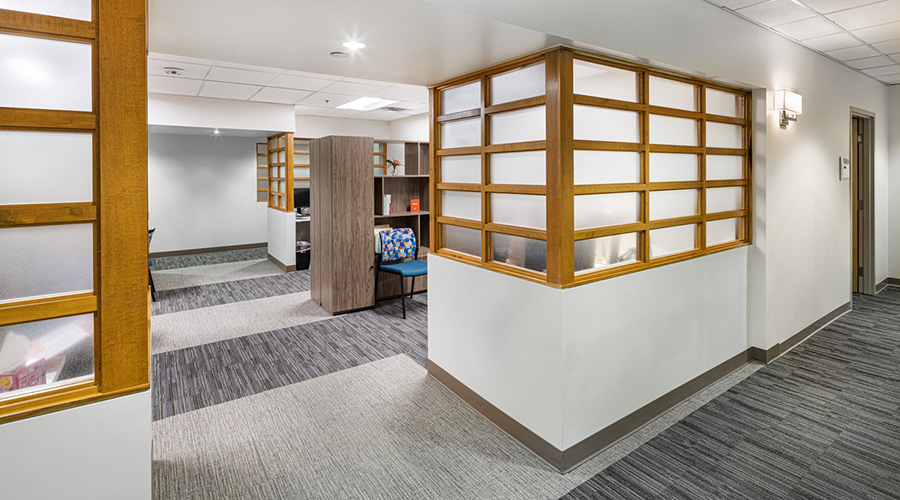Whidbey General Hospital in Coupeville, Wash., has installed a variable refrigerant flow system that saves energy and uses less ductwork than traditional systems.
Although these systems are becoming more common in the U.S., they’re new to hospitals, according to an article on the Seattle Daily Journal of Commerce website.
Traditionally, hospitals rely on a temperature control concept known as “reheat” where large, centrally located ventilation equipment delivers cold air to hundreds of rooms simultaneously. The air must be delivered cold, as some interior rooms will always need cooling. Rooms that don’t need cooling have individual heating coils that heat the cooled air back up to room temperature, hence the term reheat.
Variable refrigerant flow (VRF) heat-pump systems have become popular for smaller commercial buildings. The system uses localized heat pump condensing units mounted outdoors or in closets linked with small refrigerant pipes to fan coil units in or near rooms being served.

 Code Compliance Isn't Enough for Healthcare Resilience
Code Compliance Isn't Enough for Healthcare Resilience Ribbon Cutting Marks First Phase Completion for New Montefiore Einstein Facility
Ribbon Cutting Marks First Phase Completion for New Montefiore Einstein Facility Brooks Rehabilitation Launches 3 New Major Construction Projects
Brooks Rehabilitation Launches 3 New Major Construction Projects Joint Commission Standards: What Updates Matter Most?
Joint Commission Standards: What Updates Matter Most? Swinerton Completes Construction at Atlanta's Grady Hospital
Swinerton Completes Construction at Atlanta's Grady Hospital